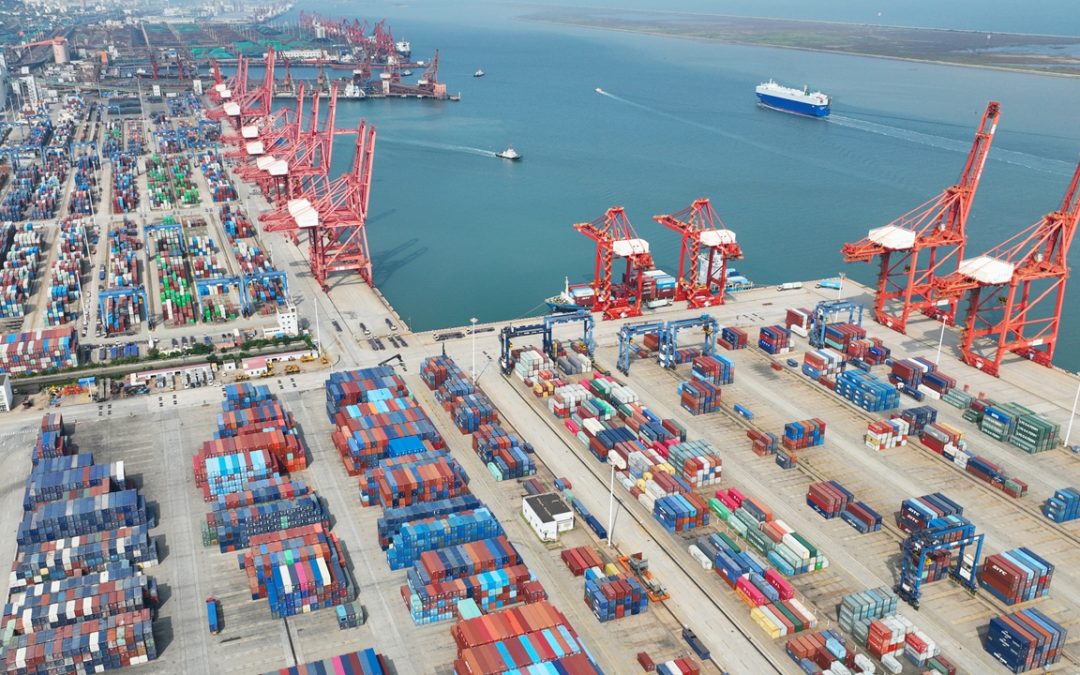Chinese traders said they have seen improved efficiency of customs clearance and smoother logistics, as Chinese customs authorities vowed to step up the orderly reopening of border ports and ensure smooth customs clearance following the country’s optimized COVID-19 prevention and control measures.
Despite the epidemic, the Khorgos port in Northwest China’s Xinjiang Uygur Autonomous Region has maintained an unimpeded flow of cargo with improved efficiency of customs clearance, a local freight forwarder surnamed Yang told the Global Times on Wednesday.
“It takes only a few hours to go through customs clearance,” Yang said. The goods are mainly exported to Central Asian countries.
Thanks to the improved epidemic prevention measures, the cargo transport of the domestic section has also picked up, according to Yang.
“The drivers no longer to need to take nucleic acid tests or present health codes during cross-provincial trips, which at least avoids about two days of transportation time,” Yang said.
The import and export freight volume and trade value saw consecutive growth for the first 10 months of the year at Khorgos port, according to data from local customs.
In the first 10 months of the year, import and export volume at Khorgos Port reached 33.72 million tons, up 3.6 percent and the value hit 244.42 billion yuan ($35.07 billion), up 5.6 percent year-on-year.
The import and export volume by road at Khorgos was up 57.7 percent from a year earlier, according to customs data.
The General Administration of Customs (GAC) on Monday said that it will boost exports of competitive products, support companies in securing orders and expanding markets, and give full play to the role of exports in supporting the economy.
Efforts will be made to ensure smooth customs clearance at various ports and promote international trade, the GAC said, while also stressing efforts to prevent the transmission of COVID-19 from overseas.
A businessman surnamed Zhang told the Global Times on Wednesday that he was encouraged by moves to further facilitate trade at the borders.
“Currently, goods, including daily necessities and agricultural produce, wait for three to five days at the border with Central Asian countries before passing,” said Zhang, whose company operates a few thousand trucks that serve the Eurasian landmass.
Lu Yinghuai, director of the Hunan Shipping Agent Association, told the Global Times that exports are now quite smooth, with a lot of customs declaration modes specifically set up for the e-commerce sector to lift efficiency.
The GAC said that it will support the development of new business forms such as cross-border e-commerce and overseas warehouses to foster new growth drivers for foreign trade.
The import and export scale of China’s cross-border e-commerce reached 1.92 trillion yuan in 2021, up 18.6 percent year-on-year and accounting for 4.9 percent of China’s total foreign trade, according to official data.
Source: Hellenic Shipping News





